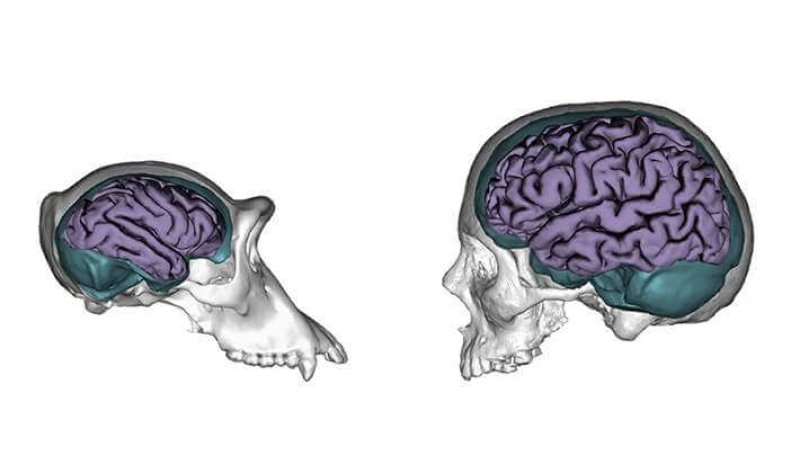Our brains could have more in common with our ape cousins than previously thought, which might require us to rethink ideas on the evolution of brain specialism in our early human ancestors.
The left and right sides of our brains aren’t symmetrical; some areas on one side are larger or smaller, while other parts protrude more.
The pattern of these anatomical differences, or asymmetries, was thought to be uniquely human, originating when our brain hemispheres became specialized for certain tasks, such as processing language with the left side.
Now, it seems the pattern came first – before humans evolved. Brain pattern comparisons between humans, chimpanzees, gorillas and orangutans reveal that our brains’ left-right differences aren’t unique, but shared with great apes.
“It suggests it is an ancestral pattern that was established far earlier during evolution, before the split of human and great apes lineages,” says Simon Neubauer at the Max Planck Institute for Evolutionary Anthropology in Germany.
…
What’s more, it is no longer evident that our early human ancestors, whose fossils show the asymmetric pattern, evolved specific functions that rely on the left or right side of the brain.































